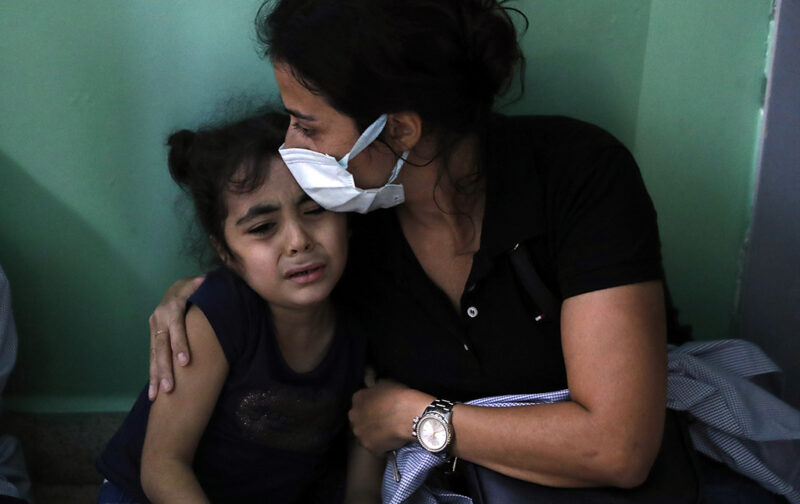Amid chaotic sectarian clashes, intrepid photo staffers put AP ahead of the competition with sharp strategy and execution.
Hourslong gun battles on the streets of Beirut began abruptly and the situation deteriorated into the worst armed clashes the Lebanese capital has seen in more than a decade, as Lebanon’s two Shiite parties, Hezbollah and Amal, protested the judge investigating last year’s Beirut port blast. AP’s photographers were there to capture the fighting with the kind of defining images AP is known for, and customers have come to expect.
While that’s not unusual — AP journalists delivering exceptional work in a dangerous environment — this coverage drew heavily on awareness, preparation and street smarts. Photographers Hassan Ammar and Bilal Hussein, and chief photographer Hussein Malla knew what was coming, they understood the situation on the ground and they anticipated the potential areas of conflict.
The trio split up to cover different areas of the expected protest: Ammar covered the predominantly Shiite side, Malla headed for the Christian side and Hussein staked out the middle ground, on the former civil war frontline.
When the first shot was heard they were in place to capture the chaos that ensued from every side. As the bullets started flying, Ammar made the first photos, alerted his video and print colleagues and then sent short video clips from his iPhone to the Beirut bureau.

At a school in the Christian neighborhood of Ain el-Remaneh, a teacher hugs a student frightened by the sounds of nearby armed clashes in Beirut, Oct. 14, 2021.
AP Photo / Hussein Malla
While he and Hussein took photos of the militiamen firing their machine guns and people rushing to take cover, Malla went to a school caught in the middle of the shootout and took emotional and powerful photos showing students and teachers sheltering in a corridor, the army evacuating teachers, and a mother hiding with her children behind a car after she picked them up from school. His were the only news agency photos from inside the school — they dominated social media feeds in Lebanon and the front pages of international media.
Deputy Middle East news director Balint Szlanko used early video clips sent by the photographers to create a video edit that was used by some 100 channels in the first 24 hours. The team’s photos appeared widely, including in The Washington Post and The New York Times, showing the situation on the ground in Beirut.
For smart planning and courageous execution to deliver photos and video that brought viewers and readers into the battle zone, the judges recognize the team of Ammar, Malla and Hussein as AP's Best of the Week — Second Winner.
Visit AP.org to request a trial subscription to AP's video, photo and text services.
For breaking news, visit apnews.com















